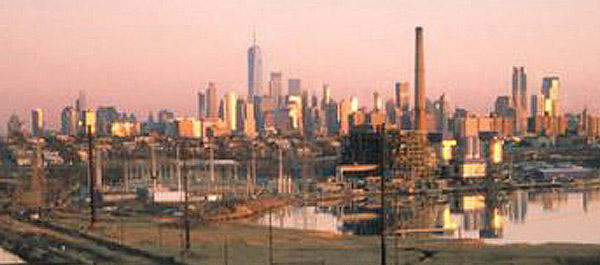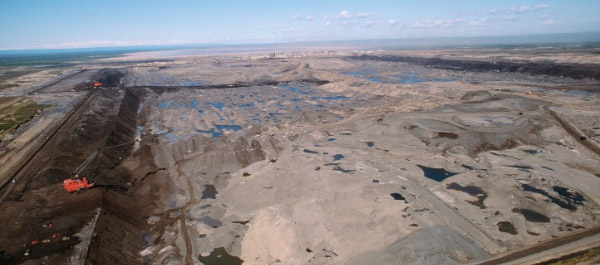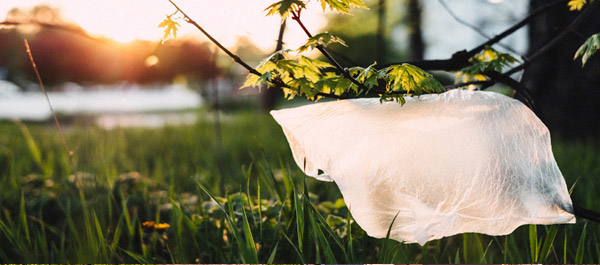
Do Not Drink the Dark Waters
May 8, 2022
Bag Bans and Beyond
October 14, 2022A Clean Water Act Perspective

The Environmental Protection Agency is Born
In 1970, under public pressure, President Richard Nixon approached Congress with a list of disjointed environmental programs and established a committee tasked with their organization. The result was the United States Environmental Protection Agency (EPA), launched on December 2nd, 1970. The Agency began with little legislative authority on water protection – only the Federal Water Pollution Control Act (FWPCA) of 1948 was in effect at that time.
Nixon also resurrected the 1899 Refuse Act, sparking debate in congress of how to legislate water protections. After 18 months this resulted in the Water Pollution Control Amendments to the FWPCA, now known as the Clean Water Act (CWA) of 1972. When first enacted, the CWA’s objectives were: “To prohibit the discharge of toxic amounts of pollutants,” into waterways and “To have zero water pollution discharge by 1985.” The Act was an important moment in the protection of U.S. waters.
Today, questions about water quality continue (take Flint, MI, Newark, NJ, and PFOA concerns). But issues surrounding water quality remain controversial between water-protecting regulations and their pro-business repeals.
In the U.S. about 50% of all streams and rivers, 70% of all ponds and lakes, and 90% of all coastal waters do not meet EPA water quality standards. It could be worse, if not for the CWA. Let’s take a look at the chronology of water protections the U.S. has taken since then:
History of the Clean Water Act
1972 – CCWA passes.
1977 – First major revisions of CWA push back the original 1983 deadline for polluters to meet requirements and mandate EPA to expand its list of toxic chemicals.
1981 – Congress rolls back the Construction Grants Program of the CWA, due to concerns of misspent funding (only 10% of projects funded by an allotted $26.6B had been completed).
1987 – The Water Quality Act passes to transition the federal Construction Grants Program to a state-based loan program by 1990 and then end that program by 1994.
1990 – George H.W. Bush declares a goal of “No net loss of wetlands” and puts wetlands protections in place.
1991-1995 – A CWA expansion called the “Water Pollution Prevention and Control Act” is introduced, and other CWA amendments are proposed but set aside after debate.
1998 – President Clinton introduces the “Clean Water Action Plan”, with over 100 action items to be taken by the EPA, USDA, and other agencies to increase compliance, expediency, and funding for goals of the CWA.
2002-2003 – Bush administration issues directive to allow the disposal of coal mining bi-products in rivers and narrow the scope of waters that qualify for protection by about half.
2015 – Obama passes a CWA update called the “Clean Water Rule” (CWR) which clarifies the definition of “Waters of the United States” to be protected, thereby benefitting streams and wetlands.
2019 – Trump rolls back Obama’s Clean Water Rule.
2020 – Fight continues. Several of Trump’s EPA-weakening proposals remain in progress, including one that would double the amount of time municipalities have to replace pipes in lead-contaminated water systems – an issue that disproportionately affects low-income and minority populations.
Clean Water Act
Through our choices, we can all contribute to improving our water quality. We can take positive action on the issues, both in-person and by sharing on social media. We can recycle, use eco-friendly detergents, pesticides, lawn-car products, and home cleaning supplies and be mindful of what is discharged to storm drains. But more importantly, we can advocate for continued regulatory action.
As an environmental services provider, Brinkerhoff is committed to advancing awareness. We strive to improve the quality of our land, air, and water by improving the environmental conditions of our shared resources.
Photo Credit: ©Steven Siegel



